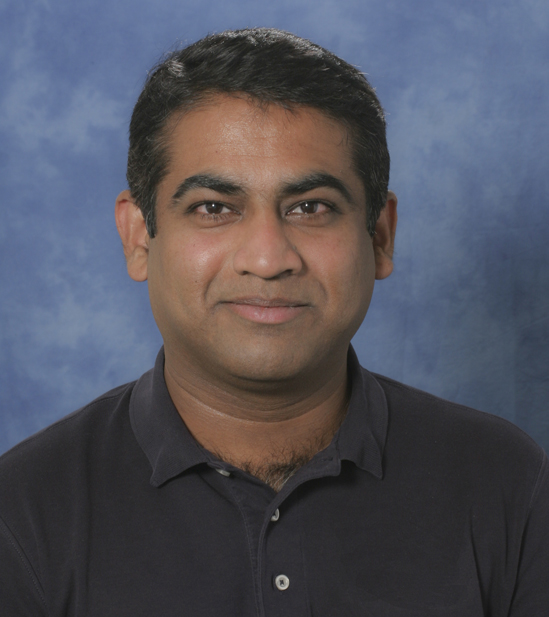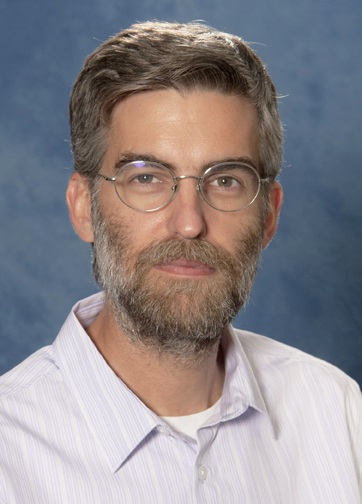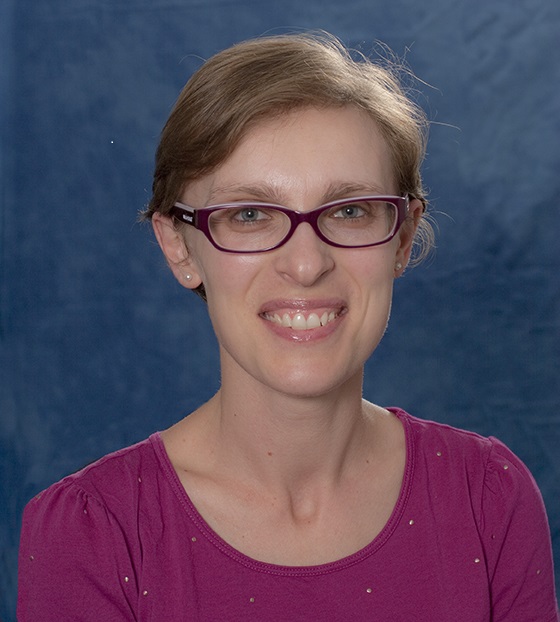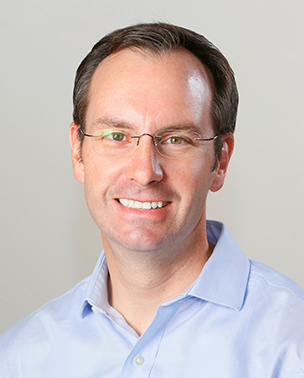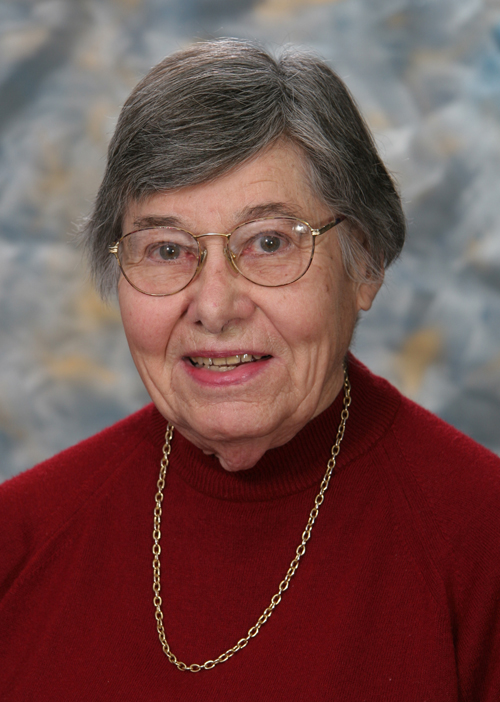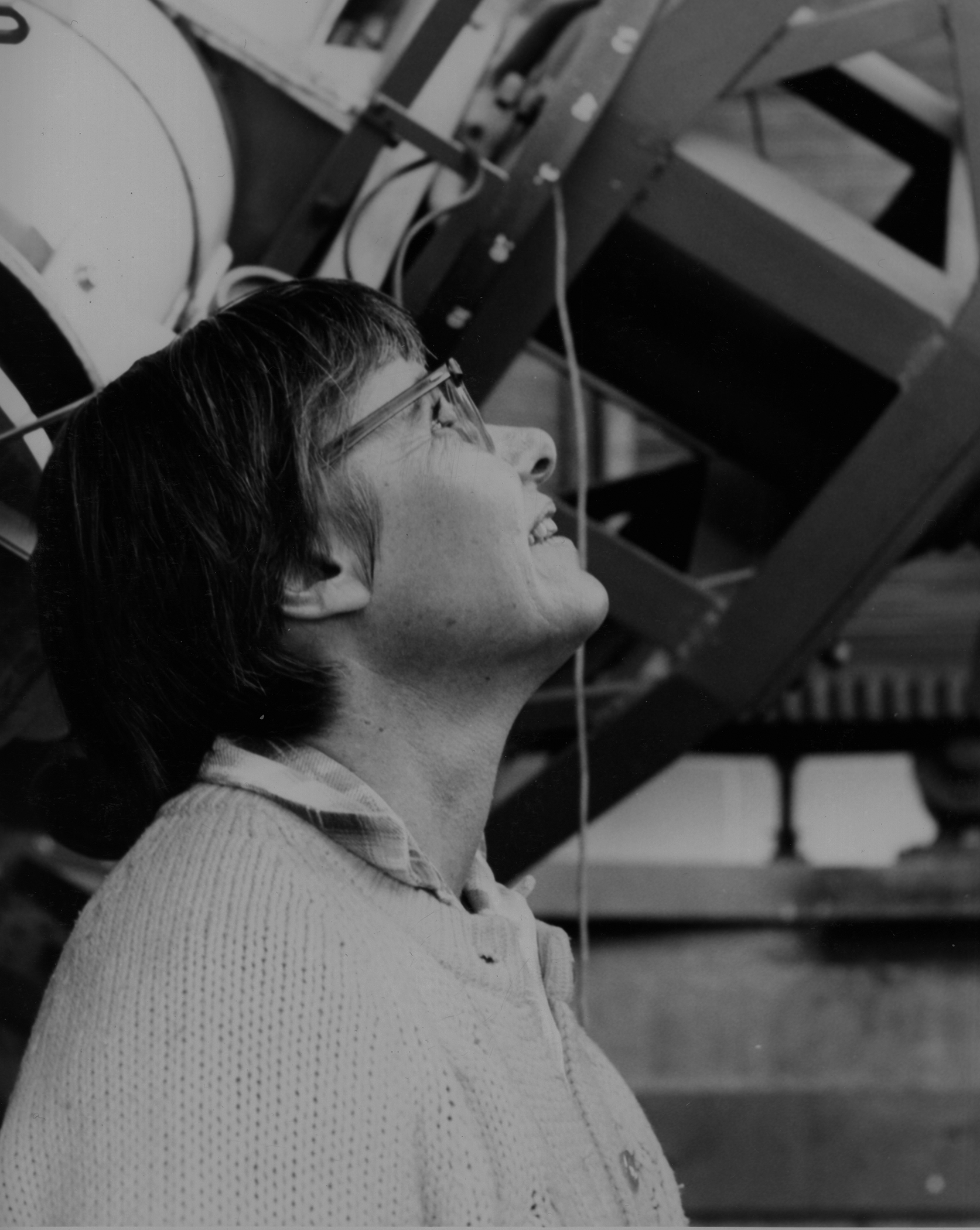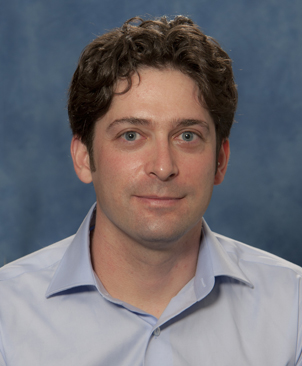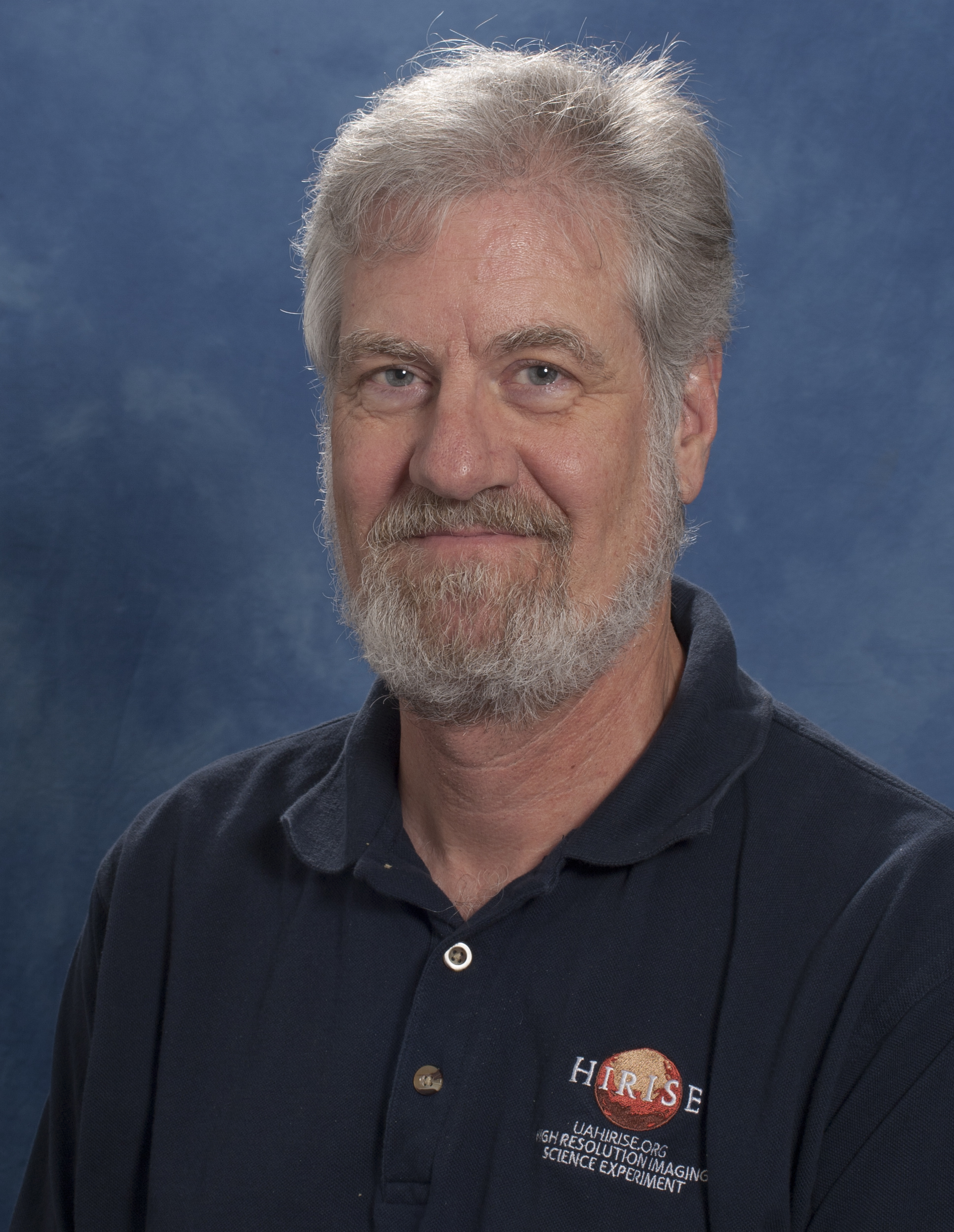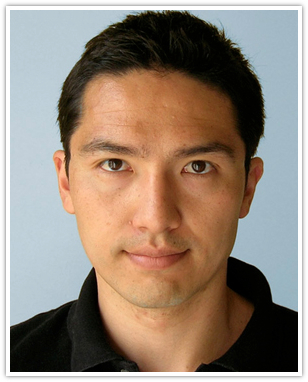
Isamu Matsuyama recently joined PTYS/LPL as an Assistant Professor. Before joining LPL, Isamu spent three years as a Miller Fellow in the department of Earth and Planetary Science at UC Berkeley. During his Miller Fellowship, Isamu developed theoretical treatments for the analysis of rotational dynamics and its effect on gravity, shape, and tectonic patterns. He used these formalisms to study the rotational stability of planets and moons in the solar system, and to propose explanations for their gravity field and tectonic patterns.
Isamu completed his undergraduate studies in Physics at Universidad de Los Andes in Colombia, and attended graduate school at the University of Toronto in Canada where he earned his Ph.D. in Astrophysics in 2005. During his Ph.D. studies, he developed models for the dispersal of protoplanetary disks to explain the observed disk life times, and proposed the dispersal of protoplanetary disks as a mechanism for halting the inward migration of planets.
Isamu's current research interests involve improving our understanding of (1) the formation and evolution of the Moon by analysis of the global lunar figure, which provides a record of prior orbital and rotational states; (2) tidal dissipation in the subsurface ocean of icy satellites; and (3) rotational perturbations due to large impacts.
Professor Matsuyama is teaching a core course, PTYS 505B, this spring semester.


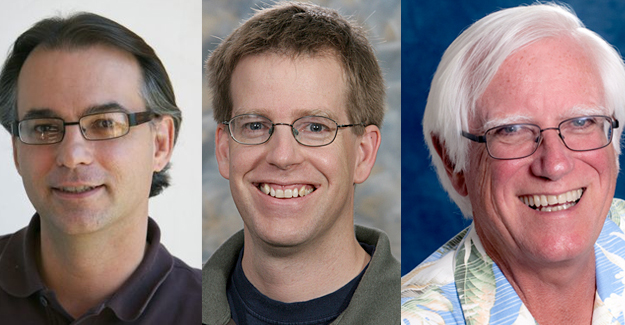
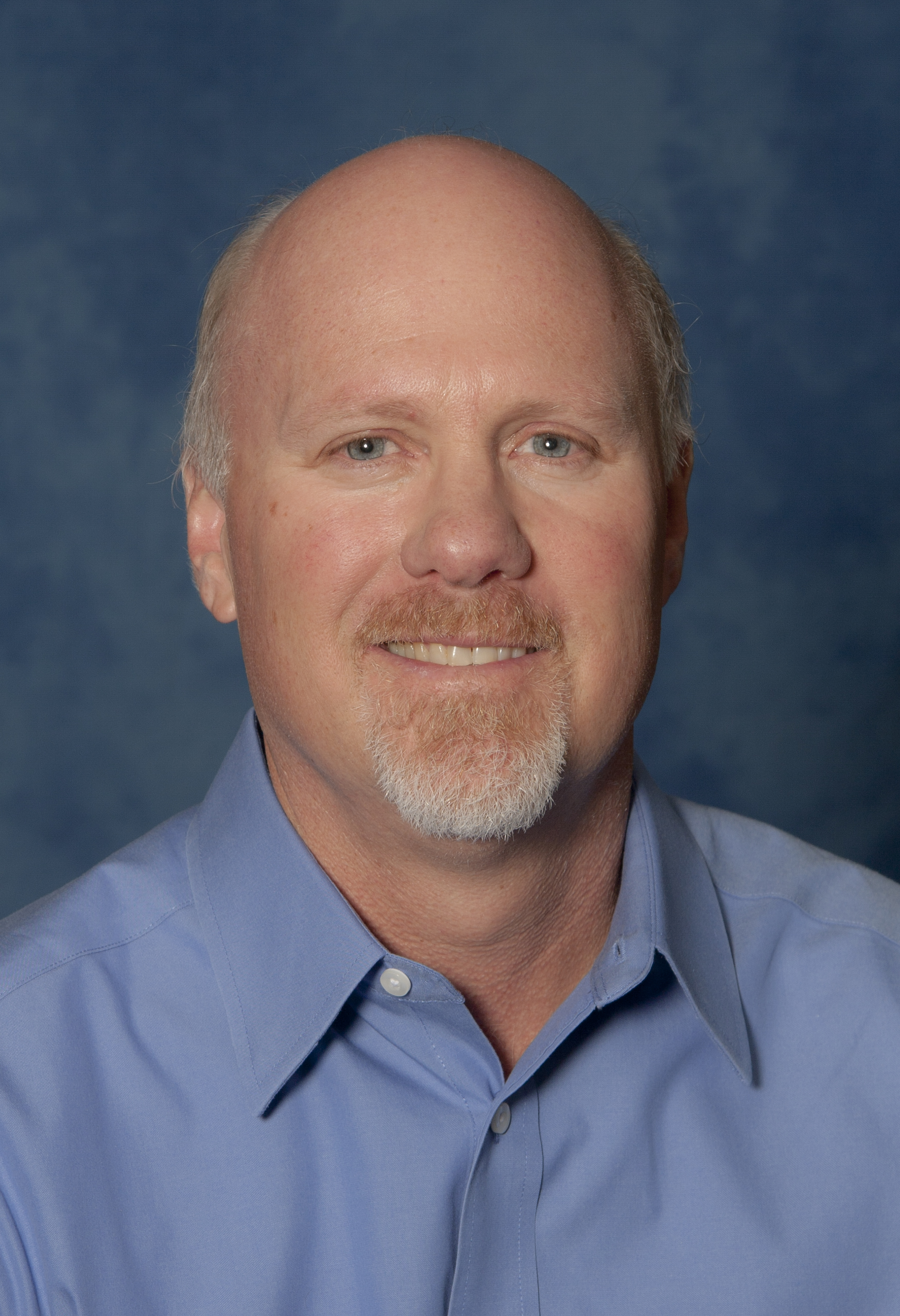
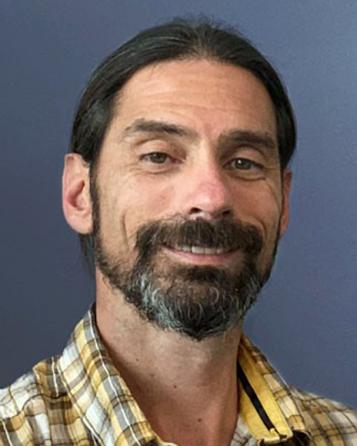
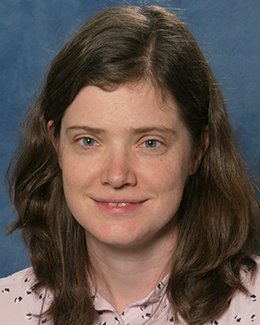 At the beginning of October,
At the beginning of October, 